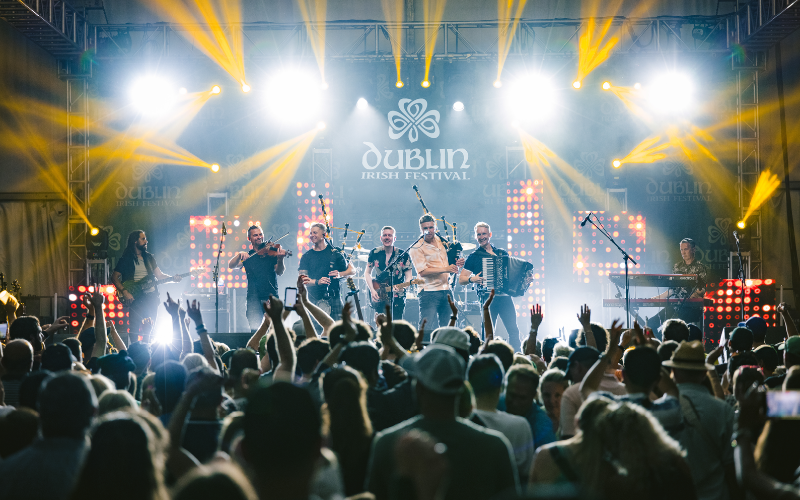The cost of Irish dancing is expensive and rising, according to anonymous sources who spoke to IrishCentral.com at this year's North American Irish Dancing Championships in Orlando, Florida.
According to the distraught mother, who traveled from New York to watch her daughter compete in at this year's nationals, the cost of keeping a son or daughter competing in the fiercely competitive Irish dancing circuit is literally growing by the year, and is now getting so large that many parents are reconsidering whether it's worth the cost.
The costs begin even before formal instruction: "There's the dress which is the most expensive bit of kit," said the mother, "Generally each school designs its own dressed. These range between, say, $800 for a cheap one, and $2500 for a really elaborate one".
There are deals on the internet, though, but the mother said that buying dresses online wasn't a widespread practice in the Irish dancing community and that instructors probably wouldn't be happy if their pupils didn't buy the school's own dresses.
That's just the tip of the iceberg, though. Once the pricey dress is paid for there are shoes and a wig to buy, not to mention gallons of fake tan which seemed to be ubiquitous at this year's competition. Shoes come in two variations: hard shoes and soft shoes, with different ones being used for each competition. And a good competitor will usually own several pairs of each, said the mother.
Although some competitors buck the trend, the general practice seems to be to wear wigs, and for that reason the wig is widely considered to be one of the starter items for an aspiring Irish dancer to buy. Personally, as someone who's been to plenty of Irish dances in Ireland, the concept of wearing wigs is ridiculous. At least in Ireland, girls dance with whatever hair they were born with, and straight and wildly curly hairstyles can often both be seen at Irish dancing meets. One internet commentator has suggested that the wigs, which are a relatively recent innovation, are to "accentuate cultural identity", something again which is hard to reconcile with traditional Irish norms, but they're popular and prevalent nonetheless. These can be bought for as cheap as $50 but some specialist wigs range past the $100 figure, again, according to our sources.
The biggest cost, though, is that of tuition. Although these can cost a fairly modest $50 per month, for basic tuition, the training takes years, and coming up to competition-time, it's often necessary to take hours and hours of advanced preparation lessons in order to boost your chances of success as much as possible.
As if all that wasn't enough, there are immense travelling costs to be paid for travelling literally around the country competing in competitions. Such costs only apply to the competitively-minded, obviously, but a sizable proportion of Irish dancers are regulars on the competition scene, and many seem to be semi-professional, attending competitions and travelling the globe with a manic regularity.
Whatever your thoughts on Irish dancing, and on dancing competitions in particular, one thing's for sure: if you want to do well, be prepared to pay top dollar!




Comments